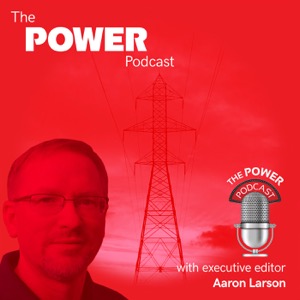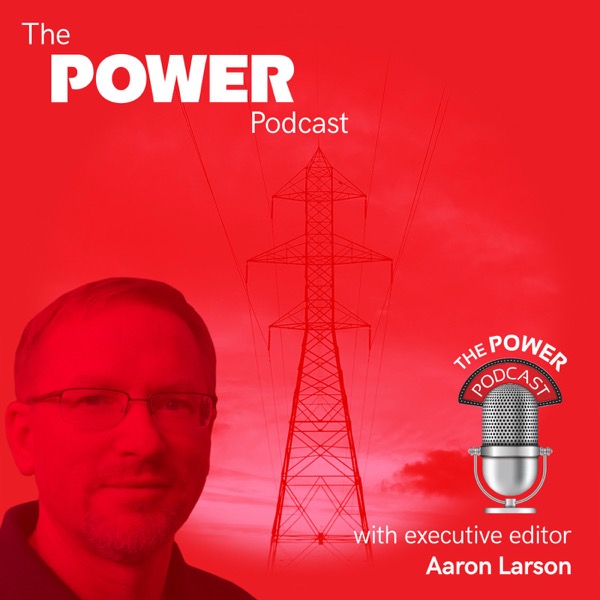101. Thorium-Fueled Reactors Offer Huge Potential Benefits for the Nuclear Power Industry
The POWER Podcast - A podcast by POWER

Categories:
Nuclear power opponents often point to radioactive waste as one of their main concerns. However, most people don’t realize that problems associated with long-lived waste can actually be solved in an economic way with technology that’s already well-proven. Long-lived actinides can be “burned” in a thorium molten salt reactor (MSR), or a breeder reactor. They do not burn fast, but in this way, it is possible to convert the most problematic part of the waste from something that needs to be stored safely for tens of thousands of years to fission products that only need to be stored safely for about 300 years. “Breeding is where you actually convert what’s called a fertile fuel—and thorium is one of these fertile fuels—you convert that into something which you can fission, and then you have to make sure that that process actually doesn't stop—that it continues to create more and more new fuel,” Thomas Jam Pedersen, co-founder of Copenhagen Atomics, said as a guest on The POWER Podcast. “That’s what Copenhagen Atomics is trying to prove to the world—that it’s not merely something that you can show from physics that it’s possible, but you could actually also build it and make it work.” The concept is not new. MSRs—a class of reactors that use liquid salt, usually fluoride- or chloride-based, as either a coolant with a solid fuel or as a combined coolant and fuel with the fuel dissolved in a carrier salt—underwent significant testing in the 1950s and 1960s at the Oak Ridge National Laboratory (ORNL) in Tennessee. Subsequent design studies in the 1970s focusing on thermal-spectrum thorium-fueled systems established reference concepts for two major design variants, one of which was a molten salt breeder reactor with multiple configurations that could breed additional fissile material or maintain self-sustaining operation. One reason the testing stopped was because thorium is not well-suited for making nuclear weapons, so the military was not interested in investing in the technology. “It was, from the very get-go, far behind the investments in the uranium fuel cycle, and therefore, most people were educated in the uranium fuel cycle,” Pedersen said. In the late 2000s, that changed, because documents from the ORNL testing were released to the public. “People started to discover, ‘Oh, there’s actually something here that is quite exciting.’ Because thorium is the only element where you can make breeder cycle, or breeder reactor, in thermal spectrum, and thermal spectrum is sort of, you can say, the easy reactors to build,” Pedersen explained. Copenhagen Atomics’ goal is to have a 100-MWth (roughly 45-MWe) reactor unit available commercially by 2028. Units are expected to be built in a factory, using an assembly-line process, and will be roughly the size of a standard shipping container, which will allow them to be delivered easily to plant construction sites around the world. Customers would be able to install multiple units at a site to effectively create almost any size plant. The company expects to have a non-fission prototype unit ready for operation next year. “We will be able to test it—it’s a one-to-one scale model of the reactor—we will not be able to run fission inside, but we can start it up and we can pump the salt around and we can test all the systems—see that it’s working,” Pedersen said. Copenhagen Atomics is targeting 2025 to have a fully functioning demonstration reactor in operation. The cost? “I think it’ll be a much cheaper energy form than classical nuclear reactors, and I think we can even compete with some of the cheapest forms of wind power or solar power,” said Pedersen. Furthermore, the thorium-fueled units will be dispatchable. “We can supply energy 24/7, and therefore, the value of our energy source is higher in the grid than it would be if you buy the same electricity from solar.”
